As the world becomes increasingly conscious of its environmental impact, many individuals and businesses are transitioning towards renewable energy sources. In the United Kingdom, where energy costs continue to rise, homeowners are seeking innovative ways to reduce their carbon footprint while saving on utility bills. One such solution gaining popularity is the DIY solar water heater. In this article, we will explore the benefits, considerations, and steps involved in installing a DIY solar water heater in the UK. 1. Benefits of DIY Solar Water Heaters: 1.1 Cost Savings: Solar water heaters utilize the sun’s energy to heat water, significantly reducing reliance on fossil fuels or electricity. By harnessing nature’s energy, homeowners can drastically cut down their utility bills.
solar water
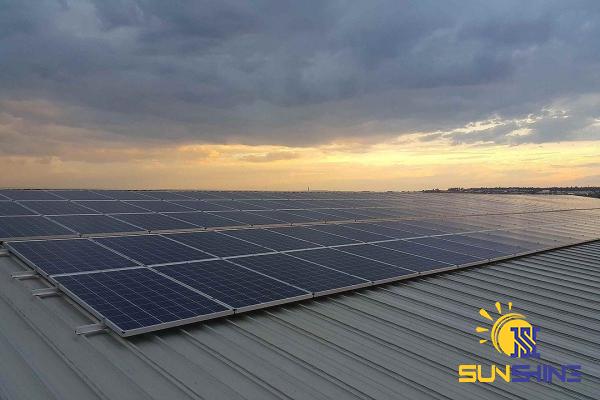 1.2 Environmental Friendliness: By choosing renewable energy for your hot water needs, you contribute directly to reducing carbon emissions and addressing climate change. Solar water heaters produce clean energy without polluting the environment, making them an eco-friendly choice. 1.3 Increased Property Value: Installing a DIY solar water heater can enhance the value of your property. As potential buyers become increasingly interested in energy-efficient homes, having a renewable energy system in place can make your property more appealing in the market. 2. Considerations for Installing a DIY Solar Water Heater: 2.1 Available Space: Assess the available space on your property to determine the size and type of solar water heater system that can be installed. Rooftops are often the most common location for solar panels, but ground-mounted structures are also options in areas with limited roof space.
1.2 Environmental Friendliness: By choosing renewable energy for your hot water needs, you contribute directly to reducing carbon emissions and addressing climate change. Solar water heaters produce clean energy without polluting the environment, making them an eco-friendly choice. 1.3 Increased Property Value: Installing a DIY solar water heater can enhance the value of your property. As potential buyers become increasingly interested in energy-efficient homes, having a renewable energy system in place can make your property more appealing in the market. 2. Considerations for Installing a DIY Solar Water Heater: 2.1 Available Space: Assess the available space on your property to determine the size and type of solar water heater system that can be installed. Rooftops are often the most common location for solar panels, but ground-mounted structures are also options in areas with limited roof space.
Specifications of solar water
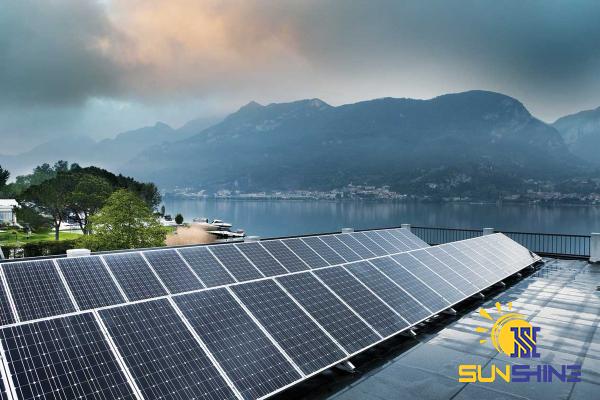 2.2 Sunlight Exposure: Ensure that your property receives sufficient sunlight throughout the year. Ideally, solar panels should be installed in an area that receives maximum exposure to the sun, typically facing southward in the UK. 2.3 Building Permits: Check with your local authorities regarding any necessary permits or regulations for installing a solar water heater. Local building codes may have specific requirements, so it’s essential to be informed before commencing the installation. 3. Steps to Install a DIY Solar Water Heater: 3.1 Gather Equipment: Start by researching and purchasing the necessary components for your solar water heating system. These typically include solar panels, a heat exchanger, a water storage tank, and plumbing fittings. Quality products and warranties should be considered when selecting equipment. 3.2 System Design: Determine the most suitable system type for your needs—active or passive. Active systems use pumps to circulate water, while passive systems rely on natural convection.
2.2 Sunlight Exposure: Ensure that your property receives sufficient sunlight throughout the year. Ideally, solar panels should be installed in an area that receives maximum exposure to the sun, typically facing southward in the UK. 2.3 Building Permits: Check with your local authorities regarding any necessary permits or regulations for installing a solar water heater. Local building codes may have specific requirements, so it’s essential to be informed before commencing the installation. 3. Steps to Install a DIY Solar Water Heater: 3.1 Gather Equipment: Start by researching and purchasing the necessary components for your solar water heating system. These typically include solar panels, a heat exchanger, a water storage tank, and plumbing fittings. Quality products and warranties should be considered when selecting equipment. 3.2 System Design: Determine the most suitable system type for your needs—active or passive. Active systems use pumps to circulate water, while passive systems rely on natural convection.
buy solar water
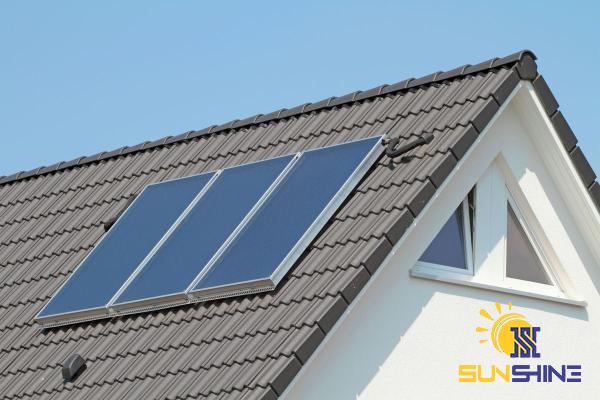 Seek professional advice to ensure the efficiency of your system. 3.3 Installation: Mount the solar panels on the designated location, ensuring proper orientation and angle for maximum sunlight absorption. Connect the water storage tank and heat exchanger to the solar panels using appropriate plumbing fittings. Verify the functionality and safety of the system before commissioning it. 3.4 Maintenance: Regular maintenance is key to keeping your solar water heater operating efficiently. Cleaning the solar panels, checking for leaks, and inspecting connections should be routine tasks to ensure optimal performance and longevity. Conclusion: Installing a DIY solar water heater in the UK offers both financial benefits and a positive contribution towards environmental sustainability. By harnessing the power of the sun, homeowners can actively reduce their reliance on traditional energy sources while embracing renewable energy alternatives. Remember to carefully consider your space, sunlight exposure, and local regulations during the installation process. With proper planning and regular maintenance, a DIY solar water heater can provide substantial savings, enhance property value, and reduce your carbon footprint.
Seek professional advice to ensure the efficiency of your system. 3.3 Installation: Mount the solar panels on the designated location, ensuring proper orientation and angle for maximum sunlight absorption. Connect the water storage tank and heat exchanger to the solar panels using appropriate plumbing fittings. Verify the functionality and safety of the system before commissioning it. 3.4 Maintenance: Regular maintenance is key to keeping your solar water heater operating efficiently. Cleaning the solar panels, checking for leaks, and inspecting connections should be routine tasks to ensure optimal performance and longevity. Conclusion: Installing a DIY solar water heater in the UK offers both financial benefits and a positive contribution towards environmental sustainability. By harnessing the power of the sun, homeowners can actively reduce their reliance on traditional energy sources while embracing renewable energy alternatives. Remember to carefully consider your space, sunlight exposure, and local regulations during the installation process. With proper planning and regular maintenance, a DIY solar water heater can provide substantial savings, enhance property value, and reduce your carbon footprint.
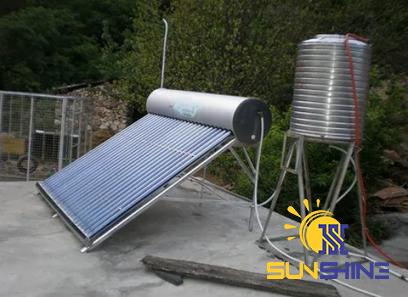
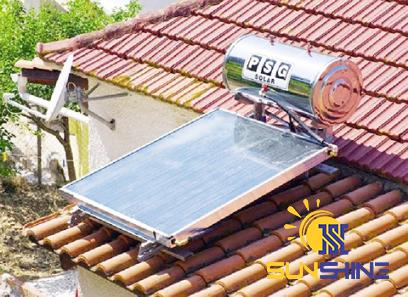
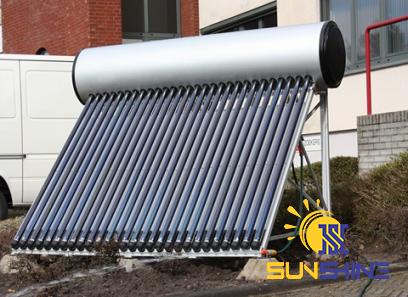
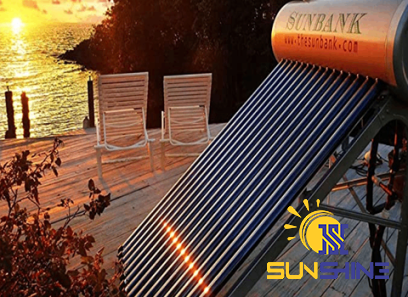
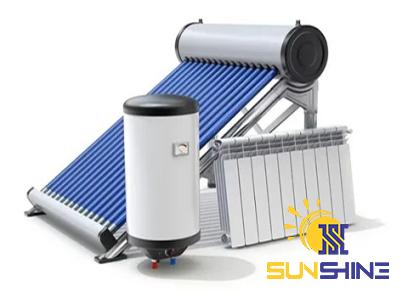
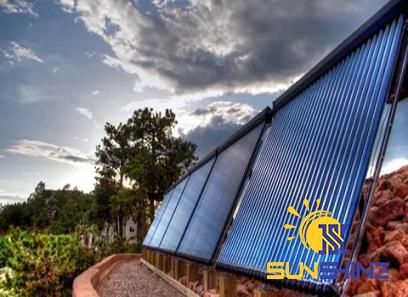
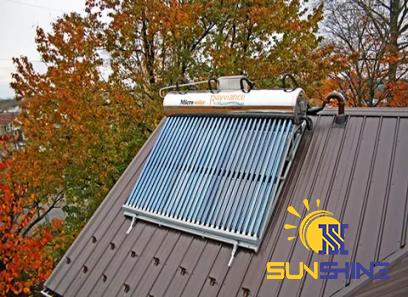
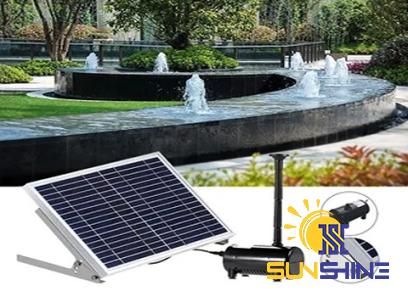
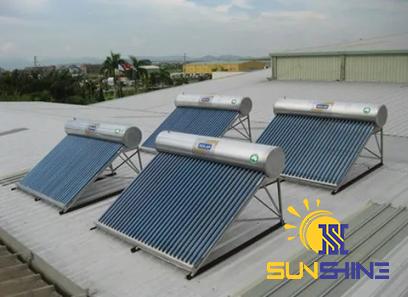
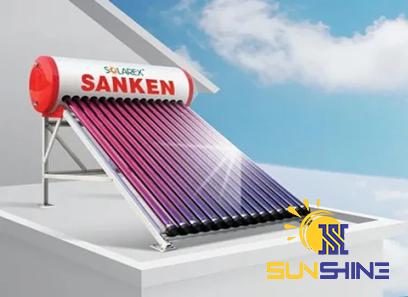
Your comment submitted.